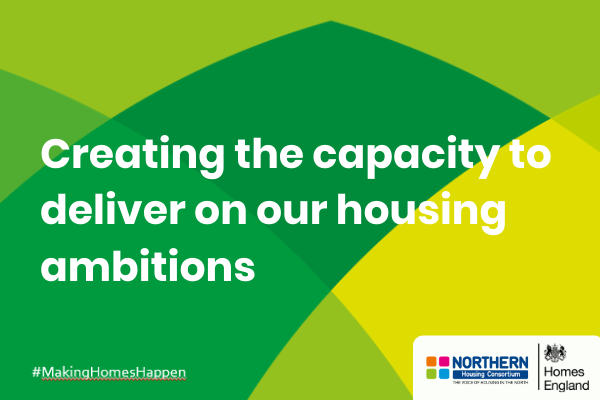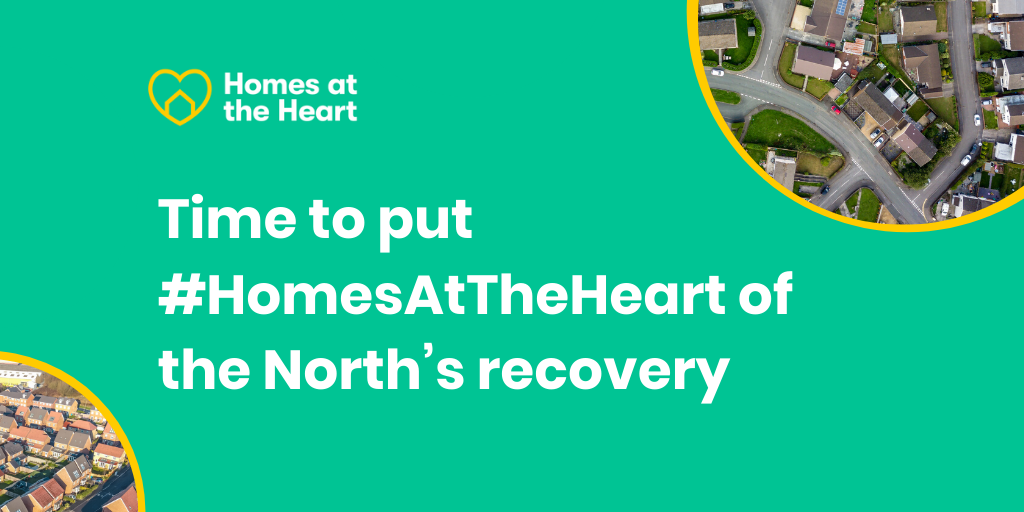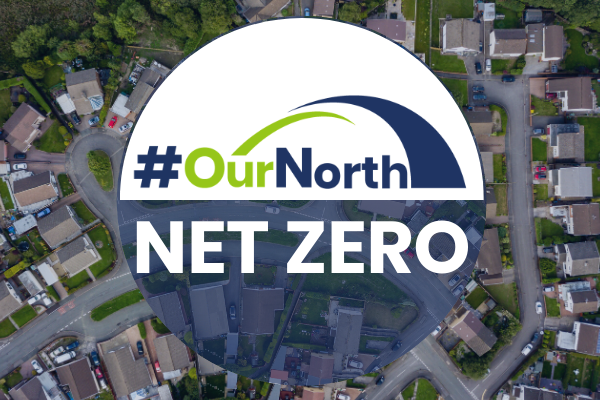Guest blog – More councils using Locata’s document upload module
 Locata’s document upload enhancement is being used by increasing numbers of housing schemes across the country.
Locata’s document upload enhancement is being used by increasing numbers of housing schemes across the country.
The 13 partners forming the Kent Homechoice scheme, four more in the West London partnership, New Forest and North Herts were some of the first councils to take the update to their CBL system.
There are now several more councils ready to go live over the next few months, including three in East Sussex, four at Bucks Homechoice as well as Reigate & Banstead and Welwyn Hatfield.
The enhancement allows applicants to upload supporting documents at any time through the scheme’s public website. This means the documents can be uploaded using mobile devices using the public site’s Web App, as well as laptops and PCs.
Officers can ask for specific documents on individual applicants. They can also turn off the upload functionality on an individual basis.
The supporting documents are uploaded directly to the back office to await verification. All the documents submitted by an applicant appear as one journal entry and the officer can easily see what the document is and which household member it belongs to.
The officer can also edit the household member and document type if the applicant assigned it incorrectly.
When evidences have been uploaded an email or task notification is sent to the officer handling the case to say the documents are ready for verification.
The document upload module includes the support and storage of all the extra data that has been uploaded.
For more information visit Locata’s website here.
Creating the capacity to deliver on our housing ambitions
 On June 24th, over 40 NHC members joined with the NHC and Homes England for a joint workshop on local authority skills and capacity. The highly interactive session was focused on understanding and responding to local government capacity needs.
On June 24th, over 40 NHC members joined with the NHC and Homes England for a joint workshop on local authority skills and capacity. The highly interactive session was focused on understanding and responding to local government capacity needs.
The Homes England team presented their emerging thinking on the agency’s role in providing the skills and capacity places need to make homes happen. Feedback from NHC members will inform further development of Homes England’s model.
The workshop follows new research from the NHC published in February, which quantified the reduction in housing and planning capacity in the North’s local authorities over the last decade. Our study found:
- The average net spend on housing in northern councils has fallen by 54% since 2010/11, compared to a reduction of 34% in the rest of England
- The average net spend on planning in northern councils has fallen by 65% since 2010/11, compared to a reduction of 50% in the rest of England.
Commenting, the NHC’s Brian Robson said:
“Since we published our research in February we’ve been engaging with partners to take the recommendations forward. In Homes England, we’ve found a receptive partner with a shared interest understanding and responding to local government capacity needs. I’d like to thank everyone who participated in the workshop, and look forward to seeing Homes England’s model develop further to meet the North’s needs.”
Time to put #HomesAtTheHeart of the North’s recovery
 Building and improving homes must be at the heart of the North’s economic and social recovery from the coronavirus crisis. That’s the message from right across the North’s housing sector, and it’s why the NHC was delighted to add our support to the #HomesAtTheHeart campaign being coordinated by the National Housing Federation, CIH and other national sector bodies. NHC CEO Tracy Harrison was one of the signatories to an open letter to Chancellor Rishi Sunak, alongside Northern voices like Homes for the North and the GM Housing Providers group.
Building and improving homes must be at the heart of the North’s economic and social recovery from the coronavirus crisis. That’s the message from right across the North’s housing sector, and it’s why the NHC was delighted to add our support to the #HomesAtTheHeart campaign being coordinated by the National Housing Federation, CIH and other national sector bodies. NHC CEO Tracy Harrison was one of the signatories to an open letter to Chancellor Rishi Sunak, alongside Northern voices like Homes for the North and the GM Housing Providers group.
Since late April, the NHC has been working with members to think through the economic and social impacts of Covid-19 on the North of England, and consider the ways housing can contribute to the North’s recovery and help us build for the future. Huge thanks to the members who responded to our consultation on the emerging themes. We’re clear that our offer is about getting levelling-up back on track through a focus on net zero and new homes. Look out for our paper setting out housing in the North’s offer to Government.
#OurNorth – Net zero
 Decarbonising the North of England’s existing housing stock will be central to the UK’s climate ambitions, with figures from 2017 showing that 26% of all carbon emissions across the northern regions are from our existing homes. Work is under way, Local Authorities across the North have declared climate emergencies and Housing associations and ALMOs have made ambitious commitments to decarbonise their homes.
Decarbonising the North of England’s existing housing stock will be central to the UK’s climate ambitions, with figures from 2017 showing that 26% of all carbon emissions across the northern regions are from our existing homes. Work is under way, Local Authorities across the North have declared climate emergencies and Housing associations and ALMOs have made ambitious commitments to decarbonise their homes.
The message from NHC members is clear – it’s not about if we do this, it’s about how we do it.
The Northern Housing Consortium are launching the Our North Net Zero campaign to address this, putting together a series of opportunities for members to stay informed on the wider climate agenda and confident to lead on making decarbonisation a reality across the North of England. The work programme will culminate in our flagship Northern Housing Summit on 3rd November where Lord Deben, Chairman of the Committee on Climate Change, has agreed to speak.
Our first webinar is on the 13th July at 13.00 – we’re delighted to confirm that we will be joined by Jamie Driscoll, Mayor of the North of Tyne, to give a keynote address. Jamie declared a Climate Emergency on his first day as the elected Mayor of the North of Tyne and in the time since has lead the Combined Authority in placing strong emphasis on an inclusive approach to the climate agenda.
With further speakers to be announced soon, we encourage all our members working on the climate / decarbonization agenda to join us to:
- Be informed on how national, regional, and local governments are putting Net-Zero plans in place – and bringing communities on board.
- Hear from a panel of Northern Housing Consortium members on how they see the challenges and opportunities of the decarbonisation agenda.
- Learn how the Northern Housing Consortium plans to support you – with an events and networking programme to build the connections and knowledge needed to upgrade your homes, as well as our influencing plans which will make the case to Government on the central role the sector will play moving forward.
Our contribution will be key to Government’s priorities on reaching Net Zero and levelling-up. We hope you can join us in July to advance this incredibly important work.
To book your place at our free member webinar on the 13th July please follow this link:
https://www.mynhc.org.uk/event/general?id=Our_North_Net_Zero3372080513
Any questions, or to share your views on which aspects of the climate agenda the NHC should cover in it’s events program please email Liam Gregson, Senior Member Engagement Officer – liam.gregson@nhc.org.uk
Mediaworks Goes Global With Record-Breaking Short Course
Award-winning digital agency Mediaworks and York St John University have received over 2,500 applications from across the world in just 10 days for their Virtual Digital Marketing short course.
At the beginning of May, Mediaworks and York St John University agreed to produce and deliver a shortened introductory version of their MSc course.
With businesses closed and social distancing a reality for the foreseeable future, both organisations agreed that one of the keys to an economic bounce-back would be the ability for businesses to diversify and deliver their products and services through an online presence.
The aim of the course was to give people the basic skills and understanding of digital marketing and the value of a successful online presence.
Brett Jacobson, Chief Executive Officer at Mediaworks, said: “This course was designed for businesses, professionals, graduates, marketers, and workers from all backgrounds who had been affected by the recent pandemic. As lockdown restrictions begin to lift and we return to operating in what has been labelled as the new normal, it’s key that we give people the skills to deliver products and services across both online and offline channels. Those skills will give people the ability to overcome the challenges that social distancing presents so that we are prepared to continue to operate and grow our businesses in the face of any future disruption.
“The attraction of the course across all channels has been above and beyond what we expected. We received applications from a wide range of people, from Managing Directors, furloughed workers, students, and people looking to re-skill. Following traction from our social media channels we were also pleased to see interest from as far afield as Denver, Melbourne, and Singapore.”
Bob Gammie, Dean of the York Business School, said: “We are blown away with the volume of applicants we have received for this short course. Over 2,500 learners applying in 10 days is a record number. Working collaboratively with a marketing agency such as Mediaworks has shown the power of reach you can achieve in such a short time with the right marketing, high quality learning, and innovative delivery models that combine to provide open and meaningful learning experiences.”
With the overwhelming success of the digital marketing short course, Mediaworks and York St John University will be hosting further short courses over the next 12 months.
More information about the short course and MSc can be found at the official https://digital.yorksj.ac.uk/ website.
Housing’s role in the North’s economic and social recovery
What role should housing play in the North’s economic and social recovery from Covid-19? Over the last month, the NHC has worked with our members and GC Consulting to think through the economic and social impacts of Covid-19 on the North of England, and consider the ways housing can contribute to the North’s recovery, interact with Government’s ‘levelling-up’ agenda, and build for the future.
Through discussions with our member-led board, an interactive workshop with a cross-section of our membership, and a webinar open to all members, we have built a shared understanding of the likely economic outlook; and the implications for housing in the North and the communities we serve. We’ve identified some key ways that housing could contribute to the North’s economic and social recovery, which we intend to develop into a clear suite of offers and asks.
A consultation document was sent to lead contacts at each NHC member on Friday 22nd May. This document collates the discussions we have had with members to date and invites your views on potential recovery options. If you have not received the consultation document and would like to contribute views, please contact brian.robson@northern-consortium.org.uk
We are inviting comments until Friday June 5th, after which we will incorporate your views, and further analysis, into propositions we will share with Government and the North’s political leaders. We are grateful to members for their support to date, and look forward to supporting you as the North moves into the recovery phase of this crisis.
Lockdown and housing conditions : new research project
The NHC is delighted to be working in partnership with the University of Huddersfield on a new research project which will explore the impact of Northerner’s homes on their experience of lockdown. This will include issues like the standard and quality of homes, overcrowding and access to outdoor space.
The research team will undertake interviews with residents, and professionals working in agencies across the North of England. At present, we want to speak to private renters and owner-occupiers, with an initial focus in Greater Manchester and West Yorkshire.
There are two ways we would welcome support from NHC members:
Firstly, in helping us access potential suitable residents who may be willing to participate in an interview, which should take around 45 minutes. This will take place at a mutually agreeable time either over the phone or via video call. All information collected during the course of the research will be kept strictly confidential. You can help us access residents by sharing news about the study and asking residents to fill in the online form at http://hud.ac/g2i
Secondly, the research team are looking to speak to professionals who interact with or support residents in lower quality PRS or owner-occupied housing. This might include those working for local councils or people in other agencies councils work with. These interviews should take around 45 minutes via phone or video call. Like the resident interviews, all information collected during the course of the research will be kept strictly confidential, and any information about you which leaves the University will have your name, and any other personal details, removed so that you cannot be recognised. If you are happy to support us or would like to discuss this further, then please contact Prof. Phil Brown : P.A.Brown@hud.ac.uk
This project forms part of the NHC’s work to build an evidence base on the issues that matter for housing in the North. The research team will draw on both sets of conversations to prepare a report to make the case for change. The NHC will use the findings as part of our efforts to make housing policy work for the North. We realise this is an incredibly busy time for everyone, but any assistance you can provide would be very much appreciated.
